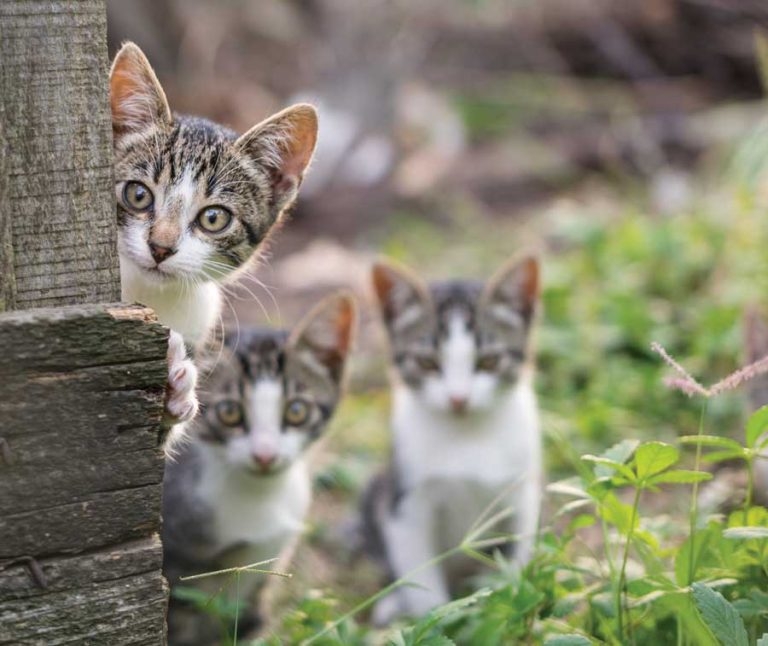19 Nov 2024
Analysis by Cats Protection reveals rises in both number of owners wanting pets to have kittens and number being given away to relatives, friends or rescue groups.

Image: © ConstantinCornel / iStock
A cat charity has warned organisations like it could be put under even greater strain because of a potential “saturation” of the market for kittens.
Analysis by Cats Protection has revealed rises in both the number of owners wanting their pets to have kittens and the number being given away to relatives, friends or rescue groups.
Although the overall level of feline neutering is thought to be stable, officials believe the Cats and Their Stats findings show they still need to do more around the issue.
Jenni McDonald, a feline epidemiologist for the charity, said: “We must consider how best to direct resources to help and reduce the number of unwanted cats, aiming for a ‘balanced’ cat population.
“In doing so we will also be in a better position to explore a neutering offer that reaches those cats that are most in need.”
Although the 2024 report estimated that 85% of cats are currently neutered – a level unchanged from last year – that proportion has dropped from the 88% recorded in 2020.
The analysis also suggested that 13% – an estimated 1.4 million cats – are not neutered, while the owner didn’t know in the remaining cases.
Cats not going outside (20%) was the most commonly cited reason for owners not having their pets neutered, while the number raising cost concerns fell from 15% in 2023 to 13% this year.
But the proportion saying they had not sought the procedure because they wanted their pets to have kittens rose from 11% to 15% over the same timescale.
Meanwhile, among kittens born to respondents’ cats within the previous 12 months, 56% were said to have been given to either neighbours, friends and family or to a rescue organisation or animal shelter, up from 46% in 2023.
Although the proportion being given away via social media or classified websites has fallen, the report gave a stark warning about the likely consequences if the trend of giving kittens away continues.
The document said: “If this trend is due to people struggling to sell their kittens, this could be an early warning sign that the market is about to reach saturation.
“This would be a concern for animal welfare organisations, which are already struggling to meet the demand for cats waiting to be rehomed.
“More research is needed to better understand this group of owners’ motivation to breed their cat, and to engage them with appropriate cat welfare messaging and education.”
But there are also concerns that the problem may be further exacerbated by the age at which cats are being neutered.
Although the charity recommends the procedure is completed before cats reach the age of four months when they can become reproductively active, the report found that only 20% of owners reported doing so.
While most (82%) said their cats were neutered by the time they were a year old, officials say that means many could already have had a litter. Nearly half (48%) of all litters reported by respondents were also described as unplanned.
Alison Richards, the charity’s CVO, said: “Cats Protection continues to promote neutering as a positive welfare intervention for all cats and as part of CatKind will be considering how to engage with public and veterinary audiences around the importance of pre-pubertal neutering.”